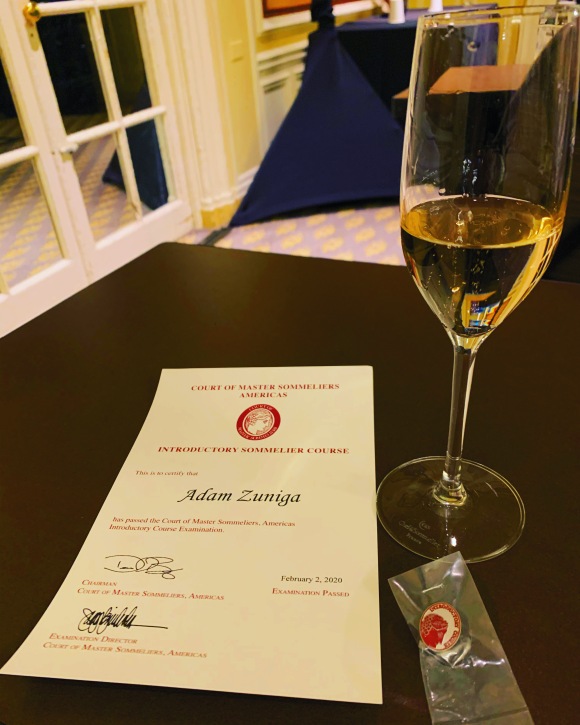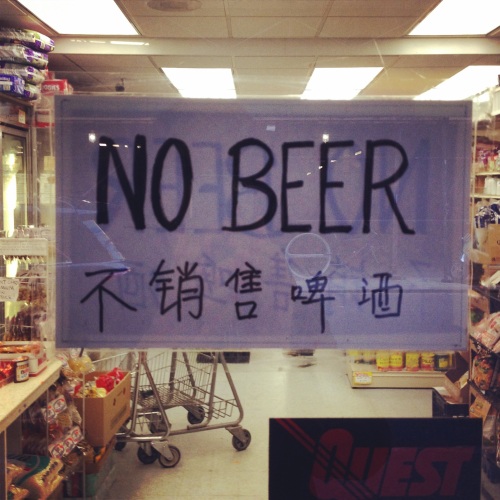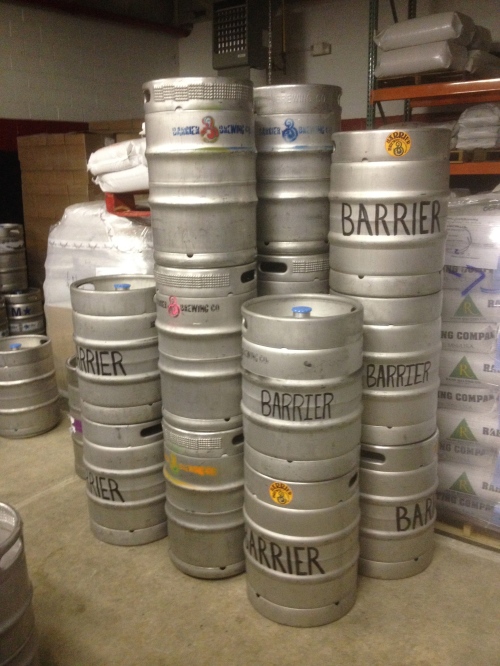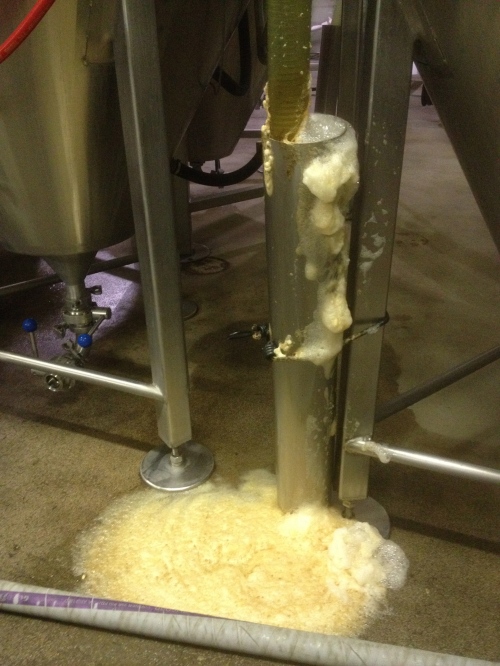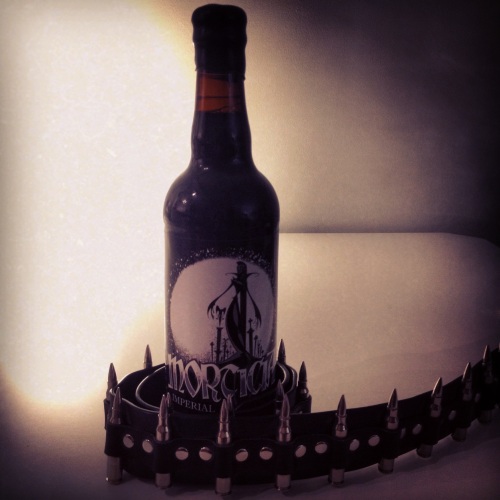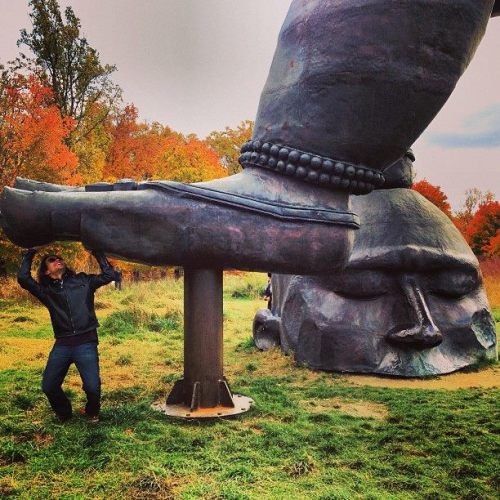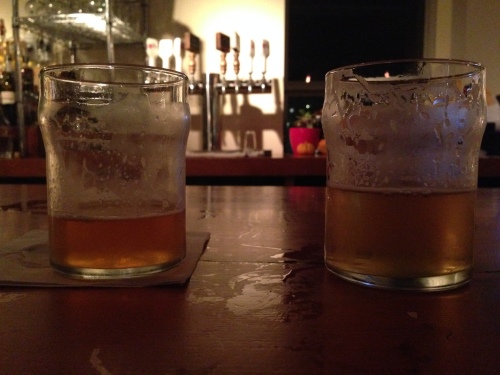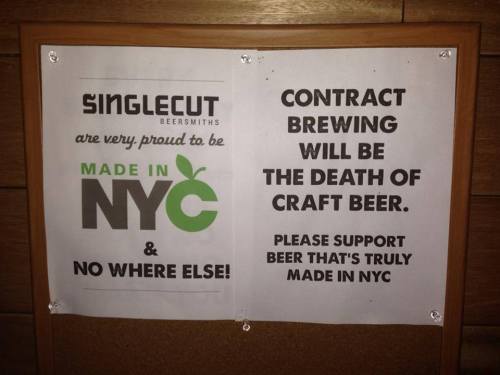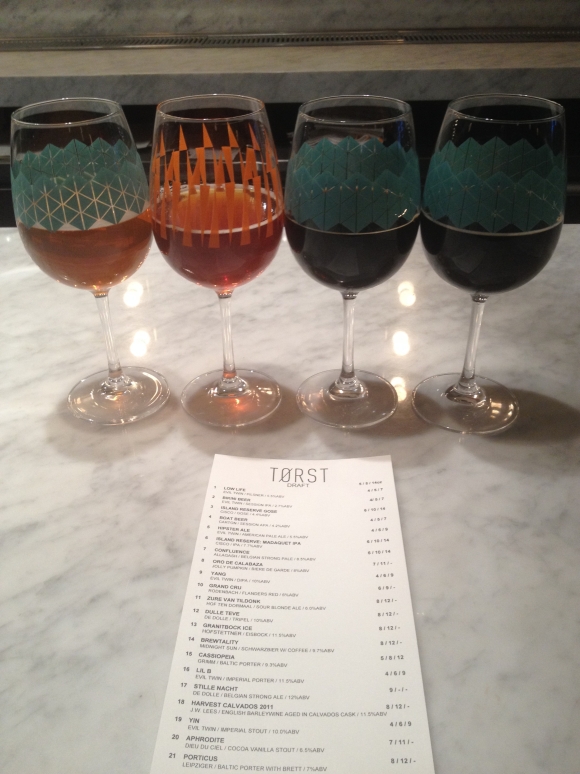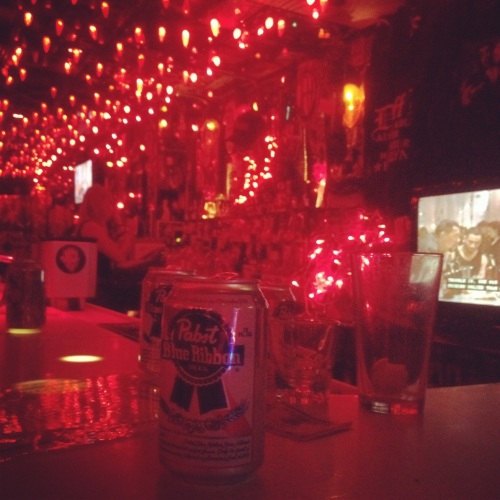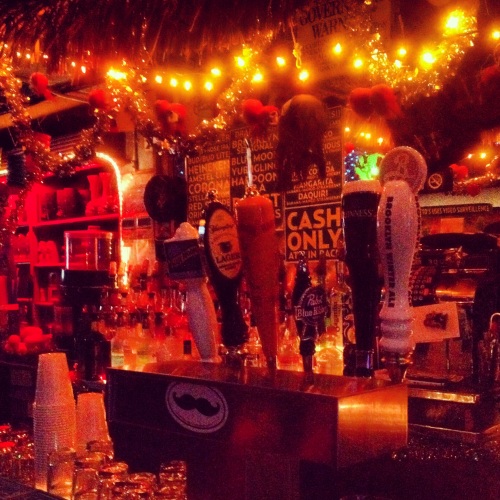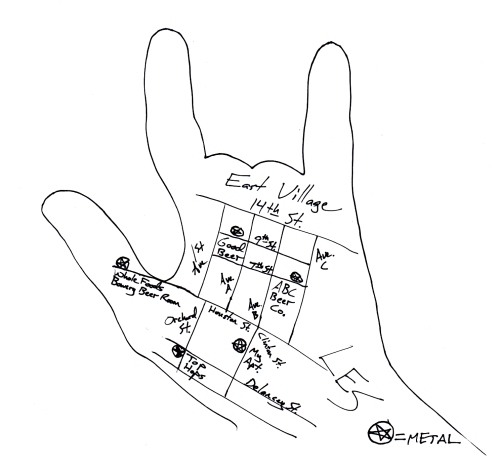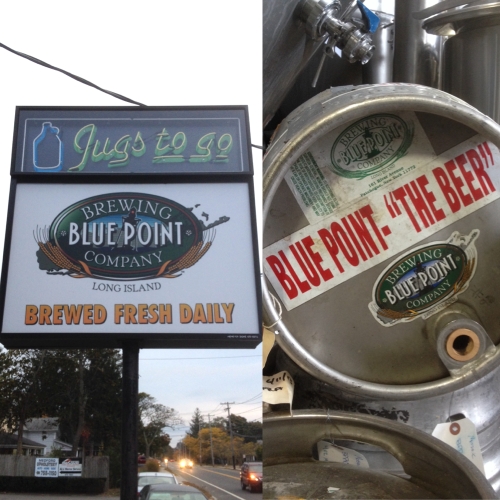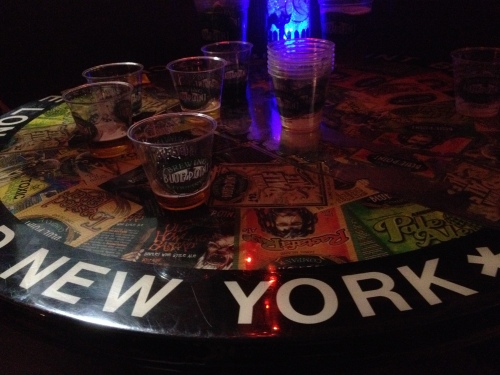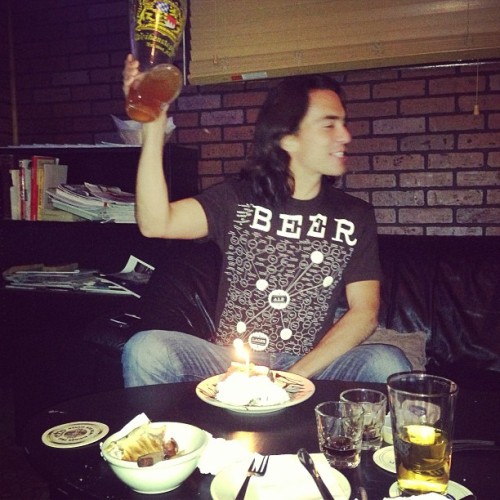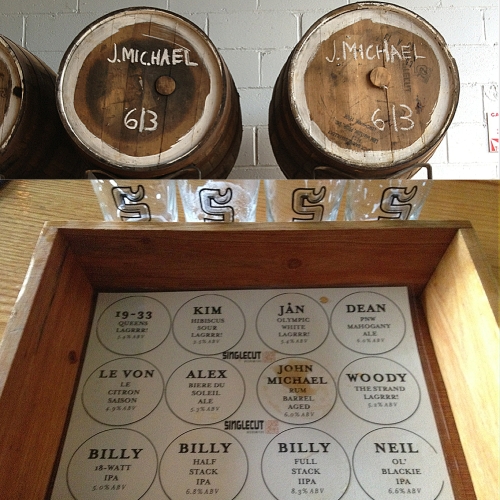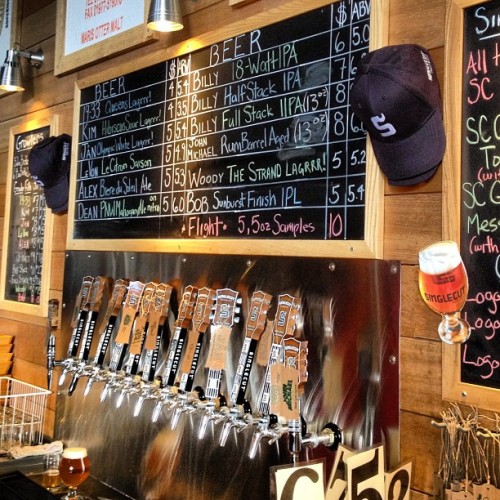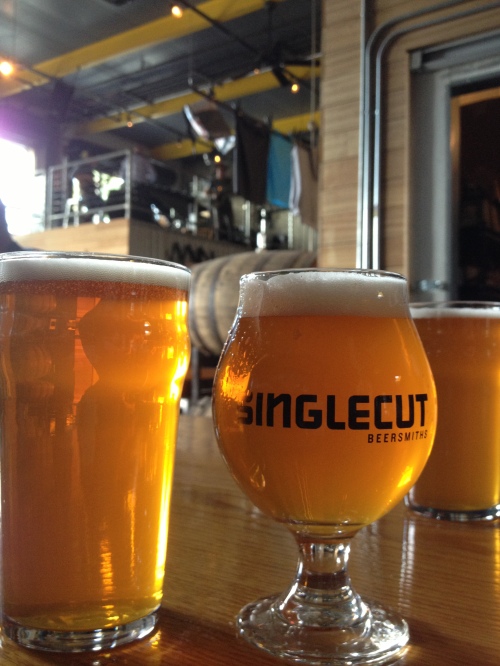Craft beer is in crisis. As I write, the entire world seems on verge of collapse due to Corona (the pandemic and the beer) but this particular world is my own.
Even before Coronavirus, craft beer had accelerated to more breweries in The United States than ever before, all vying for the same customer while resorting to beer that barely resembles beer anymore – milkshake IPA, pastry stout, beverages so thick and adjunct laden they’re indistinguishable from one another. Meanwhile, calorie and carb counting displaced the king of beers in America, pivoting large corporations to spiked seltzer with goal of reclaiming lost ground from small, independent brewers now fighting for their livelihood. For any sales dogs in this industry relying on old tricks, no beer math or formula will save them, they’re already dead.
I want to live. Craft beer came to me when I had no direction, no purpose otherwise. Armed with nothing but a liberal arts degree to face the world, I quickly found my way to the bottom of a bottle which thankfully was ‘microbrewed’ at the time. I believed craft beer could go anywhere, from the heavy metal club at end of the line in Greenpoint to BYOB at Eleven Madison Park (which I did).
There’s no better way to learn New York City than through its drinking culture and the beer lines run deep. Sure, I’ve met some frat boys and sorority sisters that fell into craft beer still drinking crap beer, but overall, it’s a community of misfits that could not, would not work anywhere else. And perhaps most important, it gave me the caliber of leather jacket normally reserved for bikers. No matter what happened to me, or if I ever lost my second skin, I knew that jacket would be waiting at the bar. Thanks, Dave.
That was New York, welcome to San Francisco. There’s a perpetual cloud hanging over this city that makes one want to peer into the depths of dark beer, or given the proximity to Sonoma and Napa, maybe pinot noir. Craft beer inspired me to continue my education and The Cicerone Certification Program was established to bring law and order to the industry, putting an end to self-proclaimed beer sommeliers. It parallels the same levels of certification as The Court of Master Sommeliers – an introductory exam followed by Certified, Advanced and Master.
I am nestled at the Advanced level, convinced Certified is the benchmark for working in beer but uncertain how a Master Cicerone translates to a pre and post-Coronavirus economy. Cicerone literally means to guide while Sommelier originally designated a butler, and though one could argue the distinction still rings true, the career path fostered by the Sommelier program for its graduates led me to their introductory course. Here’s what I learned over 20 hours and 20 glasses of wine.
Know your role. The majority of those gathered for the Introductory Sommelier Course worked in hospitality, significantly more than I’ve seen during Cicerone exams where the title becomes a competitive sales tool for business cards. It’s all too rare that a designated Cicerone holds court on a restaurant floor, but here the image of a well dressed, fast talking Somm looms large over the dining table and their two day crash course in history, agriculture as well as speed elocution begins with old world France and ends in New Zealand. I was a stranger in a strange land coming from the beer business, and admittedly, one of the few wearing jeans.
Trust your instincts. All wine tasting is the measure of sugar and acidity, comparable to malt sweetness and hop bitterness in beer. Tannins – compounds found in grape skins, barley husks and hop cones – increase the perception of acidity or bitterness in both beverages. This is the foundation of the Sommelier Deductive Tasting Method, more of an acid trip than magic trick. A recurring theme of the introductory course was if it’s not in the glass, if an aroma or flavor is not there, move on. Words to live by for Cicerones as well, not to mention why Somms motor through first impressions without second guessing themselves. And don’t be fooled, they spit between samples to keep from getting drunk. You paid for this class, if new to wine like myself, it cuts the impression short to spit without accessing your full palate. Drink up.
Don’t fear the terroir. Fermentation is equal parts creation and destruction, the sum of raw materials combined to form a greater whole, and like every act of creation, significant heat is generated in the process. I find it difficult to accept that Somms can smell or taste the terroir, that sense of place or origin associated with wine, all the way down to vineyard roots. Hops are an agricultural product like grapes; to visit a hop field, try an IPA where hops are added or ‘dry hopped’ after fermentation within 30 days of packaging. There is no equivalent to dry hopping in vinification, though the alchemy of barrel aging allows wine to absorb additional tannins from the wood while flavors meld and mellow during their stay. It’s a successful marketing campaign that places the château above grape varieties on wine labels but the real talent of winemakers and brewers is mastery over time and temperature, not real estate.
Otherwise, Somms thirst for flavors in wine that would normally be considered off-flavors in beer, like diacetyl (butterscotch) and yeast autolysis (soy sauce), simply to distinguish one fermented grape from another. I didn’t finish the Sommelier Introductory Course with a better understanding of what wines I enjoy and why but the gateway seems to be bold, fruit forward vintages from the west coast, just as Cascade hops first led me to American Pale Ale and IPA. There is a strong sense of mentorship from The Court of Master Sommeliers with comparatively little outreach from The Cicerone Program among its ranks, yet a lifetime to learn from both, one course of study informing the other which enabled me to pass the Somm introductory exam.
Cicerones and Sommeliers may have their differences but the two share more than ever in times of Corona. I hope traditional distribution and taxation laws fall, allowing both breweries and wineries to deal directly with consumers and ship nationwide as essential businesses. I hope everyone that’s ever asked brewers and winemakers for a donation, from every gala fundraiser to PTA conference, makes the same effort to purchase cans or bottles from their local producers. And above all, I hope small, independent manufacturers continue to create beer and wine that transcend four walls as we shelter in place together. Cheers.
